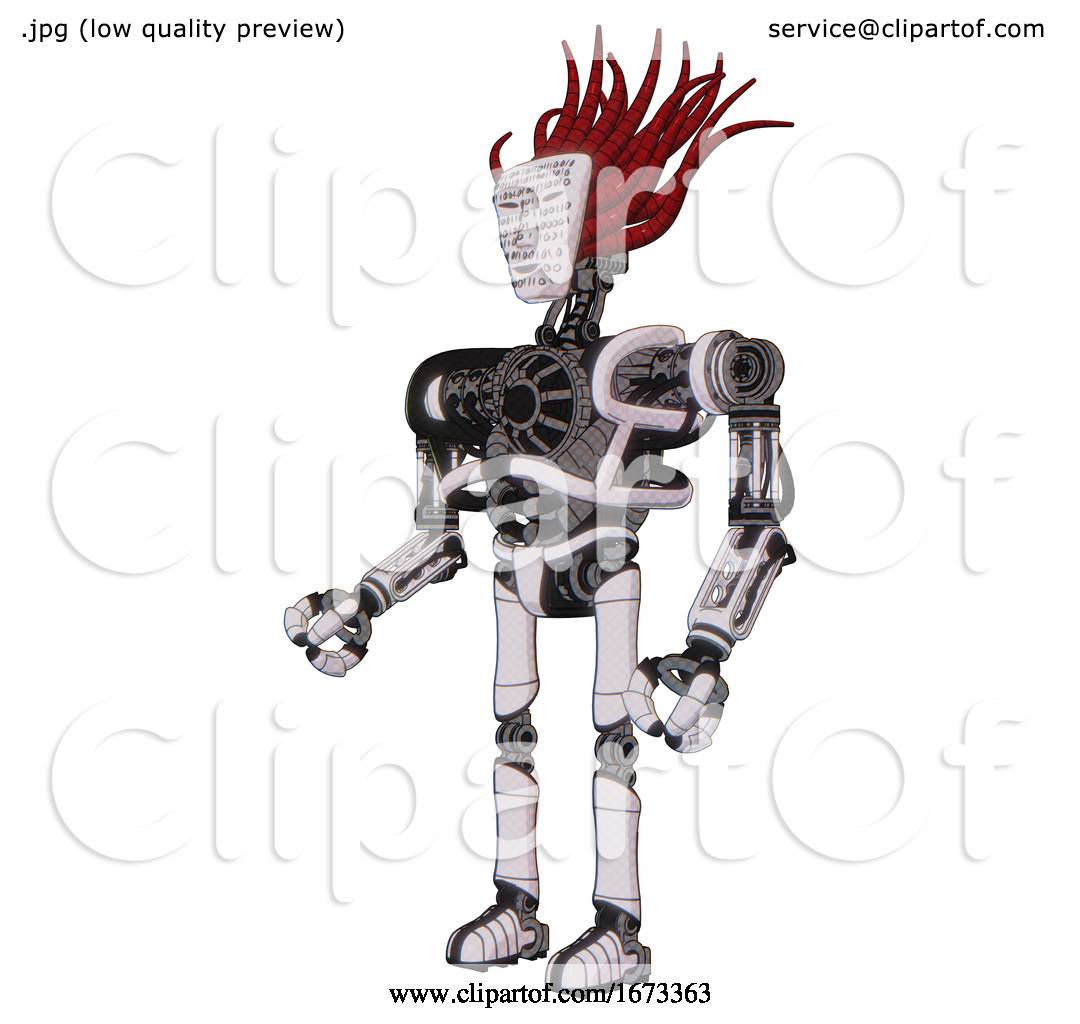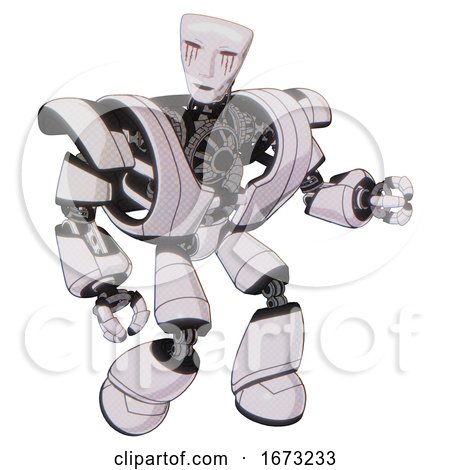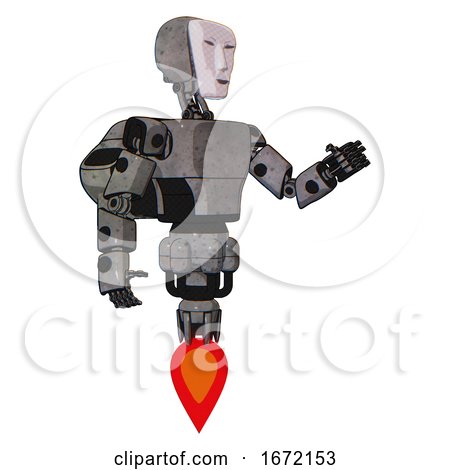
The competition also has a category that focuses on AI robots that can carry out simple tasks such as shopping. So people build soccer-playing robots the idea being that if you make a robot play soccer, those skills will transfer into more useful domains.” “And one of them, for example, is soccer. “Within the competition, they have certain categories,” he explains. McGinn brings up the example of RoboCup, an annual international competition with the aim of advancing intelligent robotics.

There is a worldwide effort to bride this gap. “But if you want a machine to understand whether this is an apple that can be safe to eat, or whether it’s a cooking apple, or whether it’s a poisoned apple, then that requires a much more detailed understanding.” “So if, for example, we have a computer vision algorithm that is able to recognise apples on the table, saying, ‘Is there an apple on the table?’, the machine might be able to say yes or no. While a computer can calculate sums in a fraction of a second, AI can struggle to achieve simple tasks that require human understanding. The problem at the heart of this is that many things that are easy for humans aren’t always so easy for robots. So that means that the challenge is much more than, ‘Can we build it?’ If you don’t have the blueprint for what you’re making, then it becomes even harder.” “So we’re taking our understanding of nature, and we’re trying to build, and there are still large gaps in that knowledge.

Very often, when it comes to designing humanoid robots, we’re reverse engineering,” says McGinn. “The first is that a lot of the theory still isn’t there.

His team started out with Stevie, a social care robot designed to interact with older people, before moving on to Violet, a robot that can autonomously navigate a room and disinfect it using ultraviolet light.įrom his experience, McGinn believes there are three particular problems when it comes to designing bipedal, humanoid robots. But questions have been raised about how this could actually be achieved.ĭr Conor McGinn is CEO of growing Irish start-up Akara, a Trinity College Dublin spin-out developing AI tech and robots for the healthcare sector. Musk said the robot would incorporate Tesla’s autotech to help humans with mundane and repetitive tasks, and on an earnings call last week claimed it was the company’s “most important product development”. A dancer in a body suit came on stage in what Musk described as the model for a humanoid robot the company would produce in future, but what The Verge described as “ a distraction and an empty promise”. Indeed, demonstrations have been coming out in all shapes and sizes, with Boston Dynamics’ Atlas robot being able to show off impressive parkour skills.īut many were not impressed with Elon Musk’s Tesla Bot demonstration last year. But including two arms and two legs is a design decision – while humans have evolved like this, it doesn’t mean it’s necessary for robots.Īs AI advances and technologies improve, some scientists do think crafting humanoid robots is the next logical step. Whether it’s the clearly mechanical C-3PO or the skin-covered T-800 Terminator, the concept of modelling robots in our image has been seen in sci-fi for years. Elon Musk says a humanoid Tesla bot is the company’s ‘most important product development’, but what are the challenges with bringing this sort of tech to being? Sam Cox asked Irish robotics expert Conor McGinn.


 0 kommentar(er)
0 kommentar(er)
